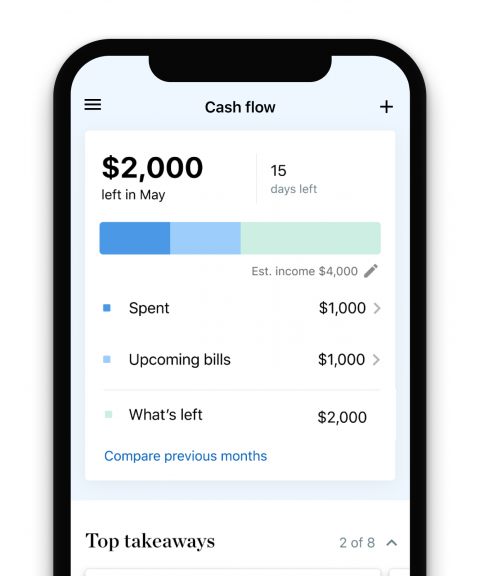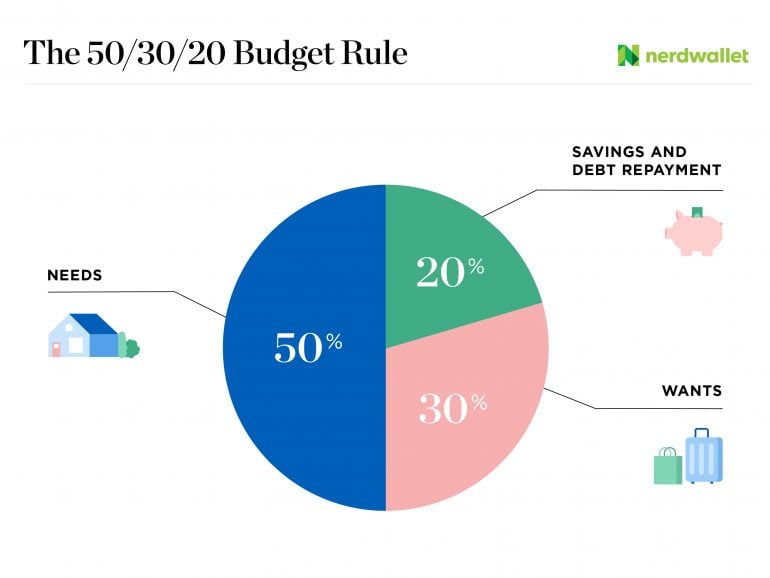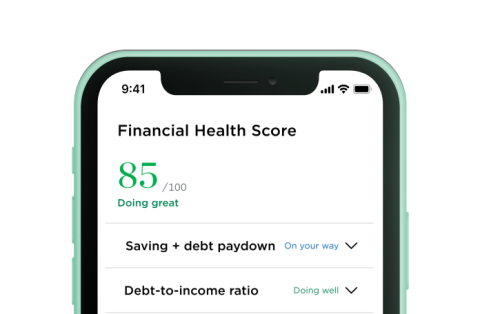Monthly 50/30/20 Budget Calculator
Many, or all, of the products featured on this page are from our advertising partners who compensate us when you take certain actions on our website or click to take an action on their website. However, this does not influence our evaluations. Our opinions are our own. Here is a list of our partners and here's how we make money.
How the 50/30/20 budget calculator works
Our 50/30/20 calculator divides your take-home income into suggested spending in three categories: 50% of net pay for needs, 30% for wants and 20% for savings and debt repayment.
The 50/30/20 budget
Find out how this budgeting approach applies to your money.
Your 50/30/20 numbers:
Necessities
$0
Wants
$0
Savings and debt repayment
$0
Do you know your “want” categories?
Become a NerdWallet member to track your monthly spending trends, including how much you're allocating to needs and wants.
» Sign up for a free NerdWallet account to use our 50/30/20 budget breakdown and identify areas where you can save.
Tell me more: What is the 50/30/20 rule?
The 50/30/20 rule is a popular budgeting method that splits your monthly income among three main categories. Before slicing up your income using this budgeting framework, it’s important to calculate your after-tax income.
How to calculate your monthly after-tax income
Your monthly take-home income is also known as your net income. To arrive at your net income, take your gross pay and subtract taxes. It's likely you'll have additional payroll deductions for things such as health insurance, 401(k) contributions or other automatic payments taken from your salary. Don't subtract those from your gross (before tax) income. If you've lumped them in with your taxes, you'll want to separate them out — subtract only taxes from your gross income.
The simplest way to calculate your net income might be to use a take-home pay calculator. You can also try checking your pay stub, as it often includes both your gross and net pay.

50% of your income: needs
Necessities are the expenses you can’t avoid. This portion of your budget should cover required costs such as:
Housing.
Food.
Transportation.
Basic utilities.
Insurance.
Minimum loan payments. Anything beyond the minimum goes into the savings and debt repayment bucket.
Child care or other expenses that need to be covered so you can work.
30% of your income: wants
Distinguishing between needs and wants isn’t always easy and can vary from one budget to another. Generally, though, wants are the extras that aren’t essential to living and working. They’re often for fun and may include:
Monthly subscriptions.
Travel.
Entertainment.
Meals out.
20% of your income: savings and debt
Savings is the amount you sock away to prepare for the future. Devote this chunk of your budget to paying down debt and creating a financial cushion.
How, exactly, to use this part of your budget depends on your situation, but it will likely include:
Starting and growing an emergency fund.
Saving for retirement through a 401(k) and perhaps an individual retirement account.
Paying off debt, beginning with high-interest accounts such as credit cards.

The percentages in the 50/30/20 rule can be changed to fit your financial circumstances. If saving or paying down debt is a priority, for example, it’s OK to shrink your wants bucket and increase the savings and debt bucket. If the 50/30/20 rule doesn’t work for you, there are other budgeting systems you can explore.
Get more help with monthly budget planning
For more budgeting advice, including how to prioritize your savings and debt repayment, review our tips for how to build a budget and use our financial calculators. Once you have a solid budget in place, consult our personal finance guide to learn more about how to manage your money.
Not sure how to start budgeting? Downloading a budget app or personal finance software may help, or get informed with a budgeting book.

On a similar note...

on Capitalize's website
